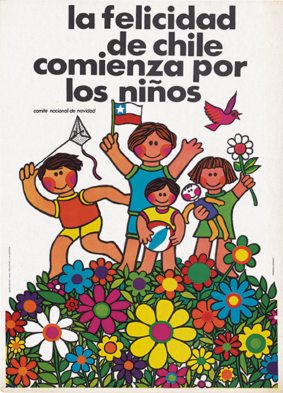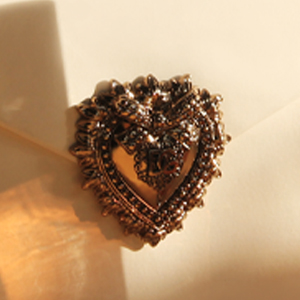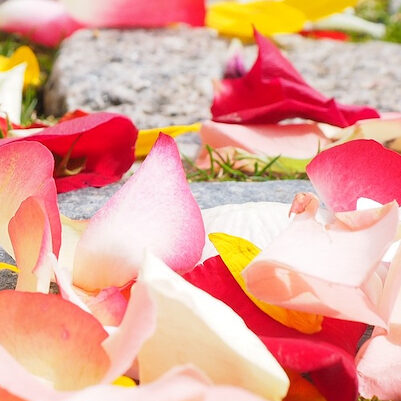Across the Frame
By Jo Phillips
You will agree with me ladies and gentlemen, art confronts us with reality as we are unable to usually take the time to engage with it. I love art for the joy of forgetting everything, to escape reality for just a moment. Being open to the world starts with being aware of who you are and what is around you. Art is not just about pictures, words or painting, it’s about moments, techniques, space, humans and obviously gaining insight to see beyond them. Yet, artists should find their art to be an efficient amusement, an effort of thought to discover the real thing. This work, which will have been enriched by our ideas, convictions, and discoveries can be carried on by those who come after us, in different forms, in a different time. So think about changing your routine for the better.
The Corners by Chris Dorley-Brown and The Secret Language of the Renaissance (July 2018), by Art Historian Richard Stemp, both focus on two very different but very specific art genres. One analyses the classic Renaissance and it’s features whereas the other informs the reader about the realities of the real world. Both combining their versions of reality and imagination.
Thanks to artists, such as the photographer Chris Dorley-Brown we are now able to see beyond the obvious of a snapshot. Why do we keep looking at the street in the present when we could look at a combination of both the past and the future?
Chris Dorley Brown’s photographs combine fiction with reality in a compelling way to tell a story of an area in a city that is forever in flux. And guess what, his book will be launched on 17th May 2018.
There is something happening in every frame, the images are very busy, people are bustling round the city, being captured in their moving state. Chris Dorley-Brown’s photographs are composed from multiple exposures, a technique which allows him to carefully control his image in post-production.
Chris Dorley-Brown’s camera is installed on crossroads and in little busy streets, and time did the rest of the work, creating his form of art (obviously enhanced by collages).
In art as in life itself, things are never quite what they seem. The Renaissance Art hides a large number of significant symbols, mainly political or religious allegories.
Hidden truths and belief are mixed with time to create new realities. The symbols can mean many things in ways that largely depend on how the spectator decodes the art, forming their own variation of it.
Venus disarming Cupid, Minerva chasing the Vices from the Garden of Virtue, the good governors who ensures democracy, three episodes that Bronzino, Mantegna and Ambrogio Lorenzetti tell by painting four superb allegories.
The upcoming book The Secret Language of the Renaissance (July 2018), by Art Historian Richard Stemp, explores the layers of significance below the surface of works by Italian artists.
The meaning behind the Mona Lisa’s smile is a mystery that has been interpreted differently for centuries, and while we may never figure it out, we do know that there is so much more to the masterpieces of the Renaissance than the beauty that meets the eye.
Organized basically into three parts, this book begins with the vivid immersion in the culture of this remarkable period, tracing the innovations in literature, painting, sculpture, and the decorative arts. Which then, gives us keys to unlocking mysteries by offering a wide-ranging guide to the essential elements of symbolic language in Renaissance art, including colour, geometry, light and shade, proportion, perspective and body language. The heart of the book is at its end. Thus, Stemp analyzes more than 40 works grouped around a dozen themes, including Mythology, War and Peace, and Death and Eternity. Each work is shown in full colour and each is deconstructed to reveal its symbolism and its enigmatic meaning.
Both interpretations of their own realities form interesting and in-depth views that combine with a jolted and fantastical version of reality to create art that encapsulates the spectator.










